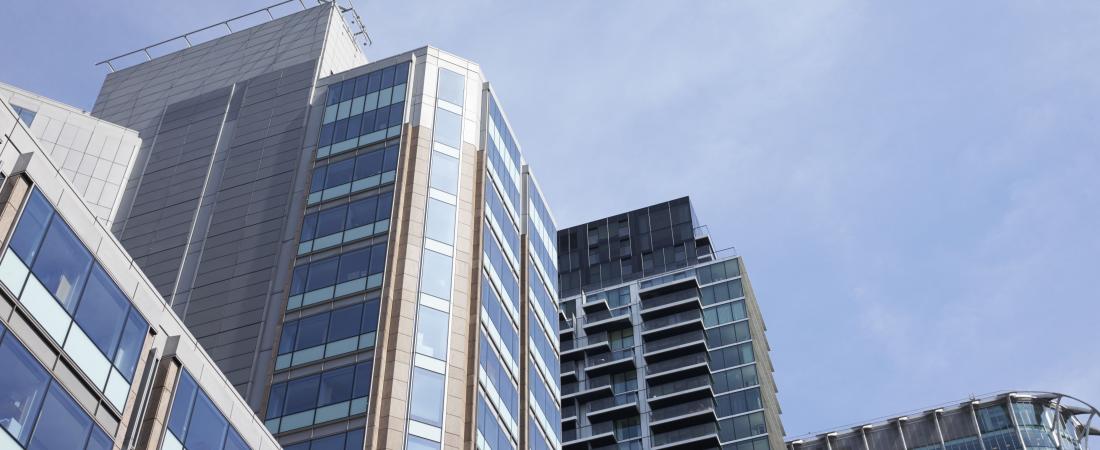
Following our recent article on External Wall Reforms, we have seen some discussions within the industry decoding this new process. As part of the new method, building owners are now being required to appoint a qualified fire safety professional to carry out a review and provide EWS1 certification to the building. The certificate will indicate that the building is found to have no combustible materials to the external walls. Lenders can then use this certification to provide a valuation. The EWS1 certificate is valid for five years. However, if the fire safety expert discovers that the external wall system is not of limited combustibility, a more intrusive investigation will need to be commissioned by the building owner to determine whether remedial action is required on the building.
While the EWS1 supersedes Advice Note 14, the processes set out in Advice Note 14 will still be required to provide the certification. The obligations set out in Advice Note 14 are:
– Satisfy the requirements of the Regulatory Reform Order 2005 (RRFO) by taking reasonable fire precautions to ensure the building is safe for residents through the assessment of relevant risks.
– Examine the external wall system in a tall building to ascertain whether it is safe. Remedial work must be carried out if the external walls contain materials that are not of limited combustibility or if it has not passed a BS8414 test.
– Check and ensure that cavity barriers have been fitted accurately.
How does EWS1 work?
There are two routes to satisfy EWS1. The first option requires a fire safety professional to confirm that the external wall system contains materials of limited combustibility and does not support combustion. The fire safety professional will also be required to certify that cavity barriers have been installed correctly in the external wall. Finally, it is necessary to include whether any attachment to the outer wall such as balconies do not contain combustible materials or require remedial works.
The second option is where the primary materials (cladding and insulation) include materials that are not of limited combustibility. Under this option, a fire engineer is required to confirm through appropriate risk assessment; the fire risk is sufficiently low or that remedial work is required. The fire engineer is also required to consider whether the external wall system resists the spread of fire or smoke.
Is EWS1 an Alternative to AN14?
Notably, EWS1 is not proposed to be an alternative to Advice Note 14. EWS1 is a tool to present information (for example, to a mortgage lender) “in a consistent manner, what assessment has been carried out for the external wall construction.” The information has to be certified by a suitably qualified fire safety professional.
While the EWS1 is not a way of getting around Advice Note 14, it does provide a straightforward method to assess whether external walls are safe. The processes set out in Advice Note 14 will still be required to provide the certification. The process will involve sufficient levels of opening up and testing of materials. It won’t be easy for a fire engineer to provide certification without detailed physical inspections. It is not a change in Advice Note 14, but a means to present information about the combustibility of the building. If remedial work was required as part of an earlier assessment, that is likely to still be required.
In conlusion, the final line in Devonshires Article says it all “…it is an exercise in presentation , not of substance”

Pingback: Balcony Fire Safety | MyDek
Pingback: Key Themes from Our CPD Session at The Shard | MyDek
Pingback: Social Landlords Responsibilities For Fire Safety In Residential Premises - Q&A | MyDek